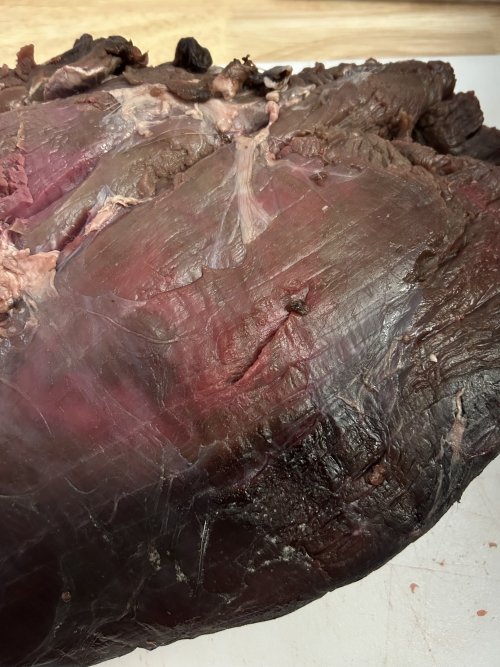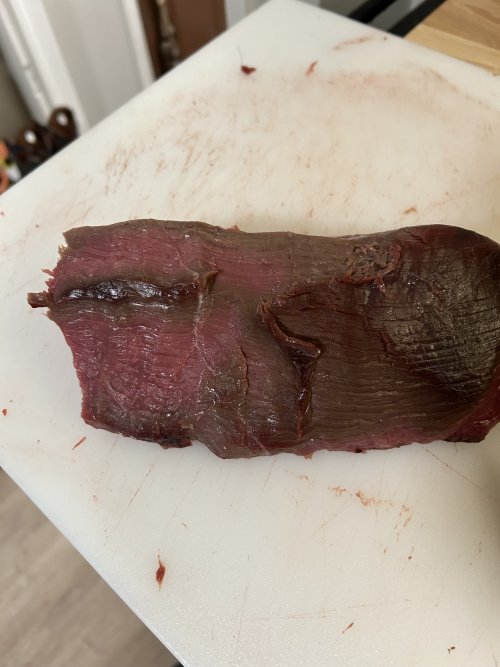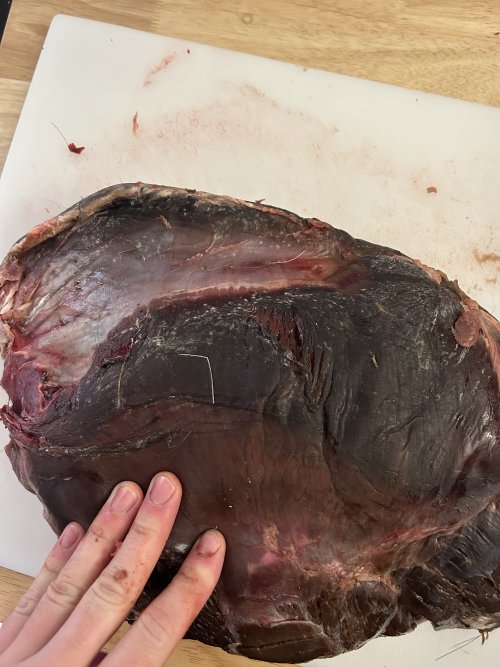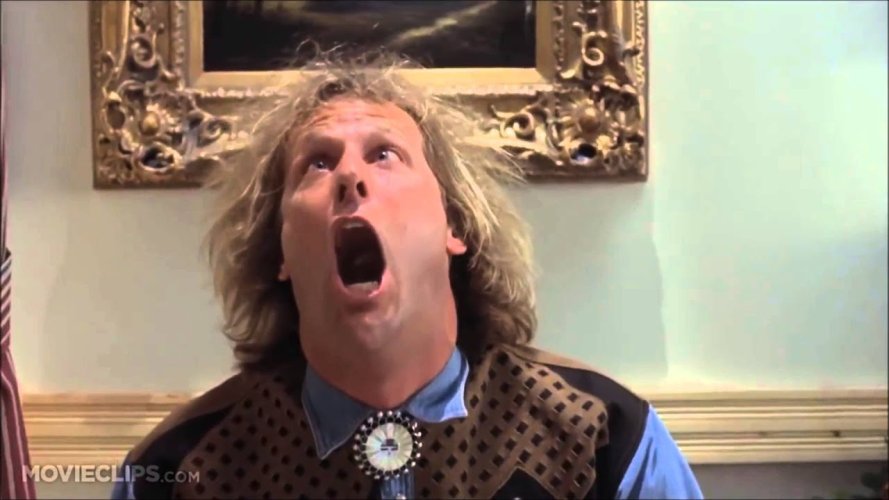HerkHunter
Well-known member
This year I had to hang my buddy and I’s elk quarters in the walk-in cooler for about 11 days. The temp there is ~36-38 Degrees Fahrenheit. When I went to pick it up, the quarters started to have white mold on them. Was freaked out and devastated at first, but after doing some reading and talking to people smarter than myself, I determined it was ok. Now, while processing, I took photos because I always have wondered if this brownish tint is fine to eat, or if this means spoilage (see photos below)


I am used to the pink-tinted color of meat. I have only been doing my own deer and elk for a couple of years now so I wanna learn and make sure Im making the right call and not wasting anything but also not feeding my family spoiled meat. Thanks in advance!



I am used to the pink-tinted color of meat. I have only been doing my own deer and elk for a couple of years now so I wanna learn and make sure Im making the right call and not wasting anything but also not feeding my family spoiled meat. Thanks in advance!





